From well-being of the intestine a large part of our health depends and diet is the most effective tool we have at our disposal to take care of it.
«Some foods help prevent intestinal bacterial flora imbalances in healthy people and to control the symptoms of inflammatory diseases such as Crohn's disease and ulcerative colitis, from which about 200 people in the country suffer ", explains Professor Silvio Danese, head of the Center for Chronic Inflammatory Bowel Diseases ( Mici) of the Humanitas of Rozzano (Milan). "A diet very rich in sugars, especially if refined, or in red meat and therefore in saturated fats or, again, repeated binge eating can inflame the intestine».
On the contrary, there are microbiome friendly foods, which must be taken regularly, and others that you can rotate into your diet instead.
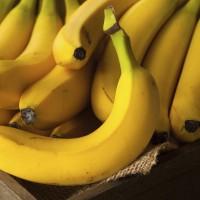
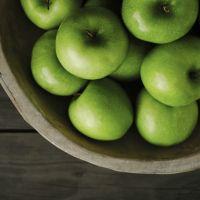
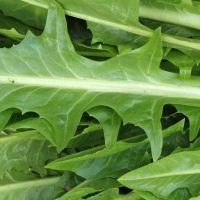
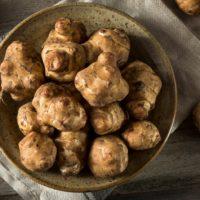
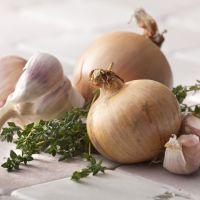

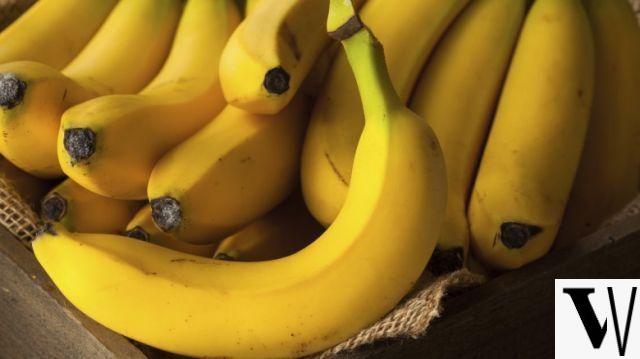
Fill up on bananas (but not too ripe)
"It being understood that a healthy diet, rich in fruit, vegetables and whole grains, is the indispensable prerequisite for taking care of intestinal well-being, especially vegetables with many prebiotic fibers that nourish the microbiome", explains Marco Bianchi, food mentor and scientific popularizer of the Umberto Veronesi Foundation.
At the top of the list of the most effective are the bananas. Focus on those that are not too mature: a study by the British Nutrition Foundation has shown that, in order to balance the intestinal flora, they must have green streaked skin.
"The banana still a bit unripe they contain a starch that produces short-chain fatty acids in the colon capable of preventing inflammation and modulating the composition of the microbiome. In the mature ones, however, this starch is transformed into sugars », explains Marco Bianchi.
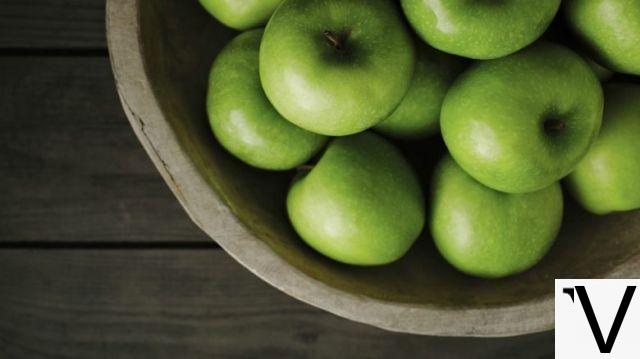
Apple plus kiwi and papaya
Also the apple it is very effective, as long as eat it with the peel: here the content of pectin, a fiber with a prebiotic action, is in fact maximum.
«A beneficial and at the same time delicious combination is then constituted by the acidulous taste of Kiwi and from the sweet one of the papaya: the first promotes the proliferation of the beneficial probiotic bacterium Lactobacillus rhamnosus, the second, thanks to its active ingredient, papain, is anti-inflammatory ", adds the food mentor and scientific popularizer.
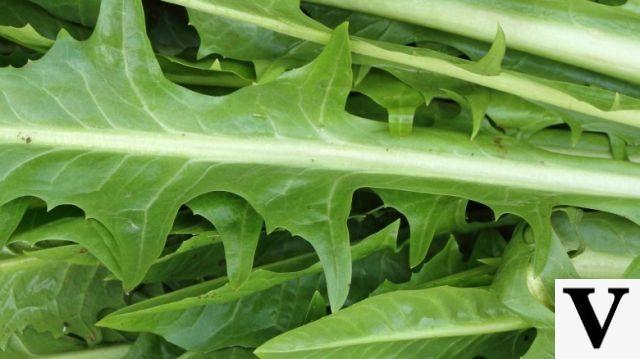
Long live the chicory, down with the chicory coffee
La chicory it has many soluble fibers, in particular inulin, which is very useful for intestinal well-being because it is used by the bacteria that live in the colon as a substrate to carry out many of their vital functions.
«This vegetable should be eaten whole, preferably steamed so as not to lose its properties », underlines Marco Bianchi. "While an important specification must be made on the chicory coffee: although tasty and healthy, it does not ensure any benefit to the intestine».
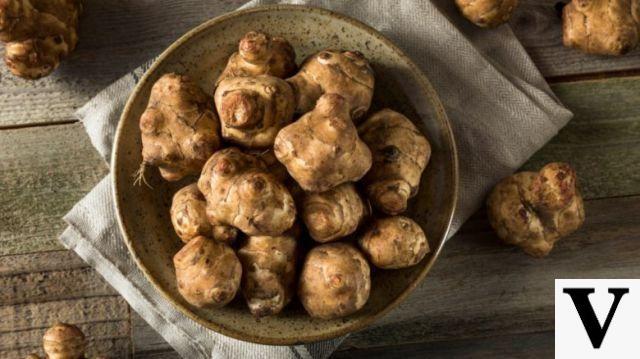
Jerusalem artichoke, start in small doses
Another insulin-rich food is jerusalem artichokes: a research by the University of Singapore, which appeared in the scientific journal Bioscience of Microbiota, Food and Health, has in fact ascertained that the content of the precious fiber in the tuber can fluctuate between 50% and 75% of the dry weight.
The advice though is to start introduce it into the diet in small doses, to avoid possible disturbances such as meteorism e abdominal cramps. For example, you can start grating it on the salad or cut it into thin slices and use it as a condiment for risotto, together with the mushrooms.
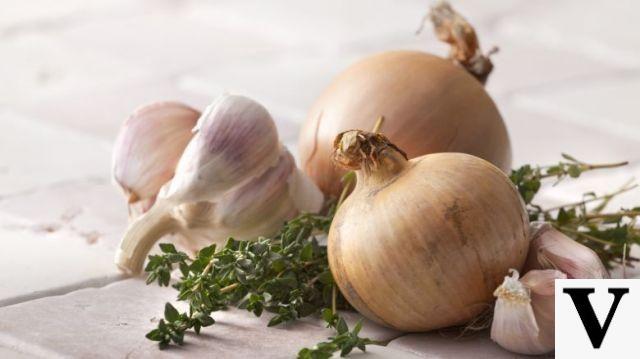
Garlic and onion (without aftertaste)
Among the vegetables, they should not be forgotten garlic and onion, also rich in prebiotic fibers.
“If you don't like the taste, it'll be enough delete the green filament in the first case and leave the second soak for a few minutes in water and salt to eliminate the strong aftertaste and still enjoy the benefits on the intestine », suggests Professor Danese.
The 5 essential foods for the well-being of the intestine
- Cereals. «In the integral version they are rich in prebiotic fibers, which constitute the nourishment of the microbiome. In addition, they help keep blood sugar levels stable, avoiding spikes in blood sugar that can promote inflammation.
- Dried fruit and oil seeds. Almonds, walnuts, hazelnuts, pistachios and cashews are sources of precious nutrients (such as proteins, prebiotic fibers, vitamins), but above all of essential fatty acids of the Omega 3 series, with marked anti-inflammatory properties », notes the gastroenterologist.
- Extra virgin olive oil. Thanks to its concentration of monounsaturated fats, vitamin E and polyphenols, it limits the formation in the body of pro-inflammatory molecules.
- Spices. «Turmeric and ginger are excellent anti-inflammatories and should be used abundantly in cooking. However, there are also spices that are not indicated. For example, it is better to give up pepper and use sweet curry instead of spicy one ”, suggests Professor Silvio Danese.
- Blue fish. "Like nuts and oil seeds, it is very rich in Omega 3. These good fats stimulate the production of anti-inflammatory mediators, or compounds that influence the body's immune response to harmful agents," observes the gastroenterologist.
The complete guide
How to combat intestinal inflammation at the table? What are the foods to prefer and which ones to reduce or eliminate? These are some of the questions Silvio Danese answers in the volume The anti-inflammatory bowel diet (Demetra-Giunti publisher, € 14,90), written in collaboration with Dr. Ambra Ciliberto, dietician of the National Institute for Obesity Surgery, and with Dr. Mariangela Allocca, gastroenterologist at the Humanitas Center for chronic intestinal inflammatory diseases.
The book is completed by 35 tasty recipes, 5 of which were signed by the scientific popularizer Marco Bianchi.
THE MENU THAT WORKS
No gluten or lactose, which inflame the intestine. And instead many vegetables sources of fiber to feed the microbiome. Here is an example of a typical day, with a simple and delicious menu. In the book of Professor Danese you will find 7 others, with the relative recipes. So you can build your weekly anti-inflammatory diet.
Breakfast
1 white, skimmed and lactose-free yogurt + 3 rice cakes with jam without added sugar
Snack
1 banana
Lunch
5-6 buckwheat meatballs + 1 plate of carrots and zucchini in the oven with 1 teaspoon of extra virgin olive oil
Merenda
1 seasonal fruit
Price
70 g of millet salad + 75 g of lemon anchovies


























